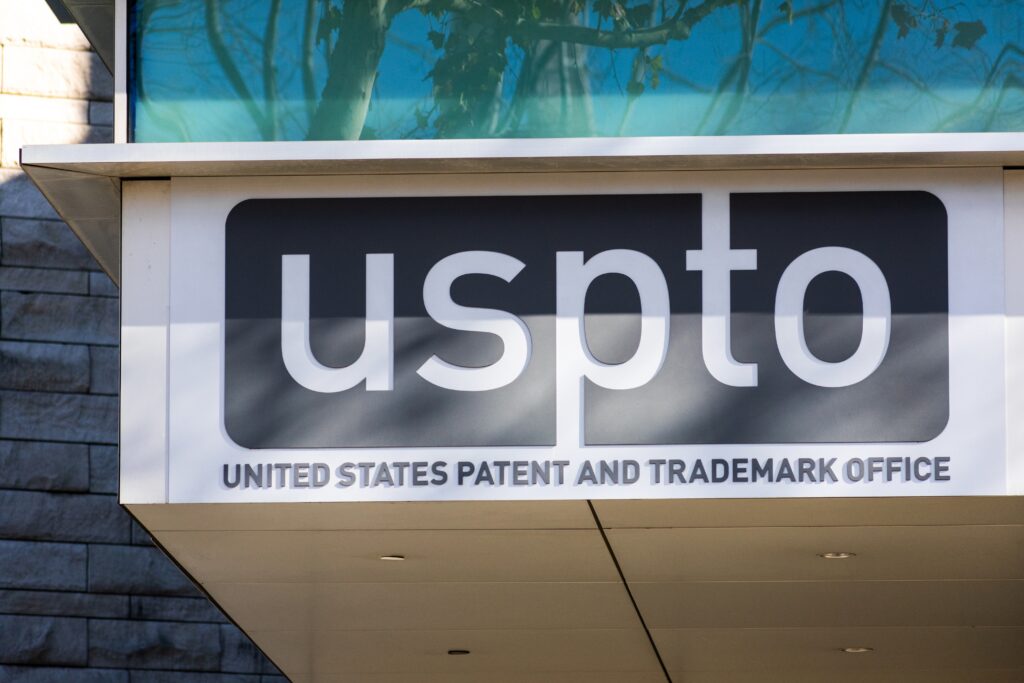In today’s globalized economy, businesses need to ensure that their brands and intellectual property (IP) are protected. One of the most crucial steps that a business owner can take is obtaining trademark registration from the United States Patent and Trademark Office (USPTO). However, it’s equally important to understand what comes after registration. That’s where USPTO notices come in – these legal documents let you know when someone else files a similar trademark application or opposes your registration. In this blog post, we’ll discuss the basics of a USPTO notice and explain how a lawyer can help.
What is a USPTO Notice?
Simply put, a USPTO notice is a legal document that notifies you of an issue related to your trademark application. There are several types of notices that one can receive, including:
- Office Action: This notice contains an examiner’s assessment of your application and may require you to clarify or amend your application.
- Publication Notice: This lets you know that your trademark will be published in the USPTO’s Official Gazette for opposition. This allows anyone who has a legal basis to do so to file an opposition to your trademark registration.
- Notice of Opposition: This document informs you that someone has filed an opposition to your trademark registration. It’s essential to respond to this notice promptly and engage legal counsel to assist you in responding appropriately.
What should I do in response?
When you receive a USPTO notice, it’s crucial to respond as soon as possible. USPTO notices require prompt action, typically within six months of the issue date. Here’s what a business owner should do in response:
- Read the notice thoroughly: Familiarize yourself with the contents of the notice – what is it about, what is the subject matter?
- Contact your lawyer: If you haven’t engaged legal counsel, it’s essential to do so immediately. Your lawyer can help you understand the notice’s contents and provide guidance on how to respond appropriately.
- Develop a plan of action: Your response must be well thought out and comprehensive. Work with your lawyer to prepare a plan of action that contains an appropriate response and timeline.
- Respond promptly: Diligently work with your lawyer to respond within the USPTO’s deadline.
How can a lawyer help?
A lawyer can provide invaluable assistance during the trademark registration process, and this support extends to responding to USPTO notices. A knowledgeable lawyer can help you:
- Understand complex legal language: USPTO notices can be technical and legal-centric, making it challenging for the average business owner to comprehend fully. However, a lawyer can explain the legal jargon to you, and guide you through the notice’s implications.
- Determine the appropriate response: How you respond to a USPTO notice is critical – it can determine the success or failure of your trademark application. A lawyer can assess your situation and help you determine the best course of action.
- Complete required legal filings: USPTO notices often require the filing of legal documents within a certain timeframe. A lawyer can ensure that your responses and documents are timely filed with the USPTO.
Receiving a USPTO notice can be concerning for any business owner. However, having a lawyer on your side can help alleviate the stress and mitigate any negative impact on your business. Remember, a USPTO notice requires prompt and appropriate action. Work with your legal counsel to develop a plan of action, respond promptly, and protect your intellectual property.
Law 4 Small Business (L4SB). A little law now can save a lot later. A Slingshot company.




